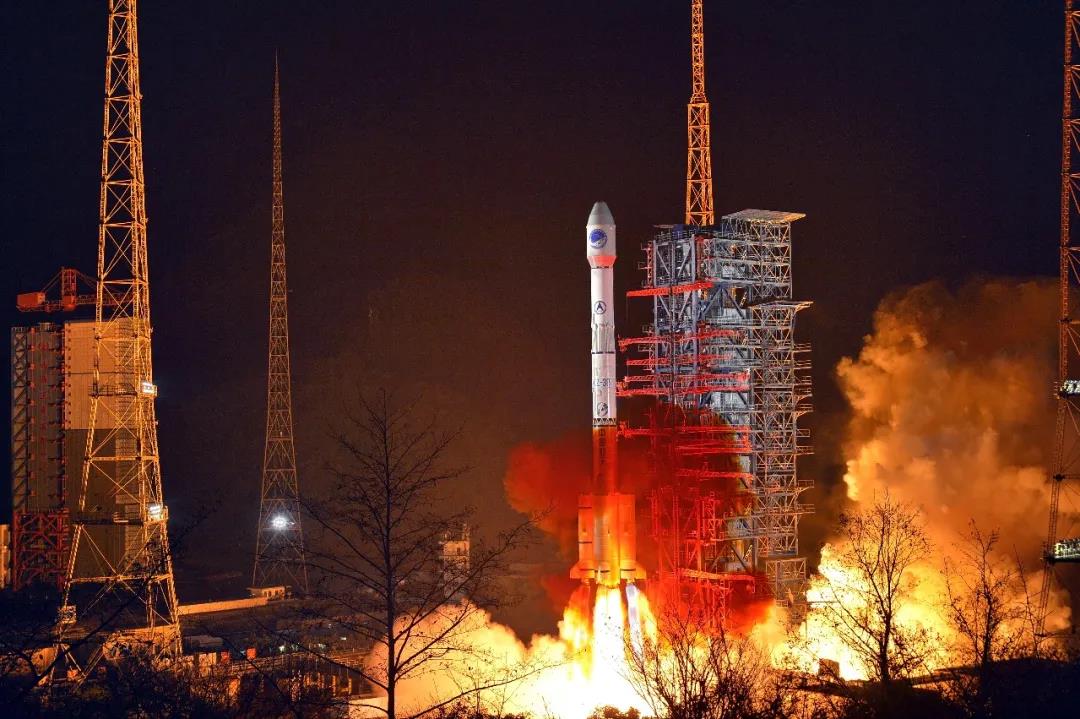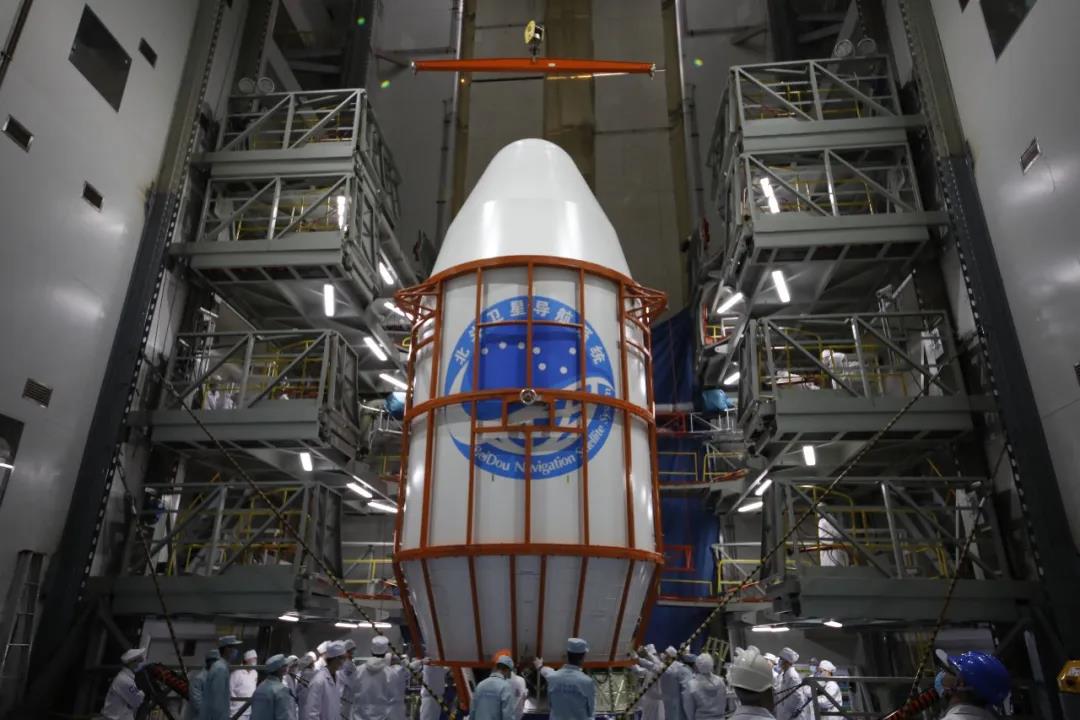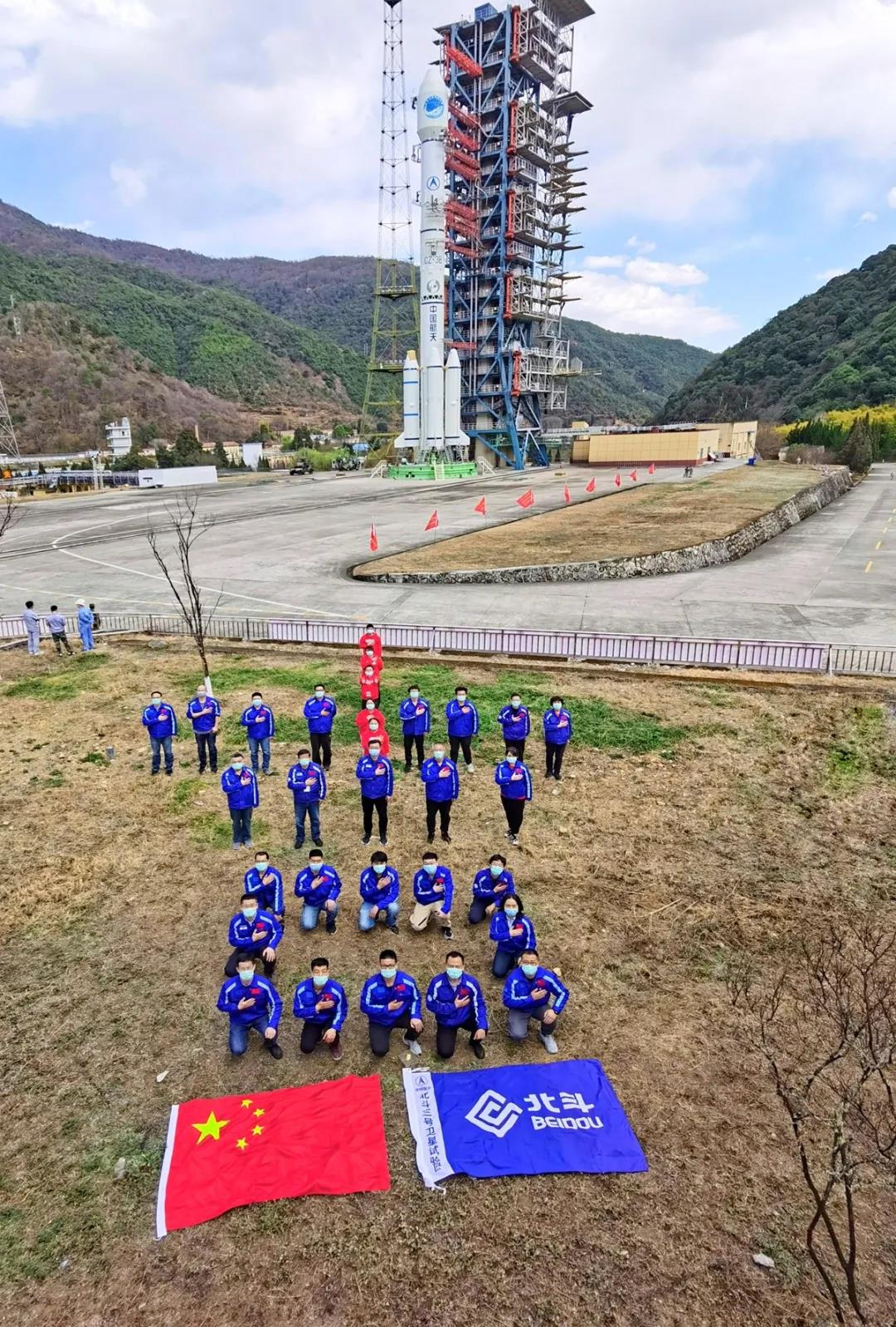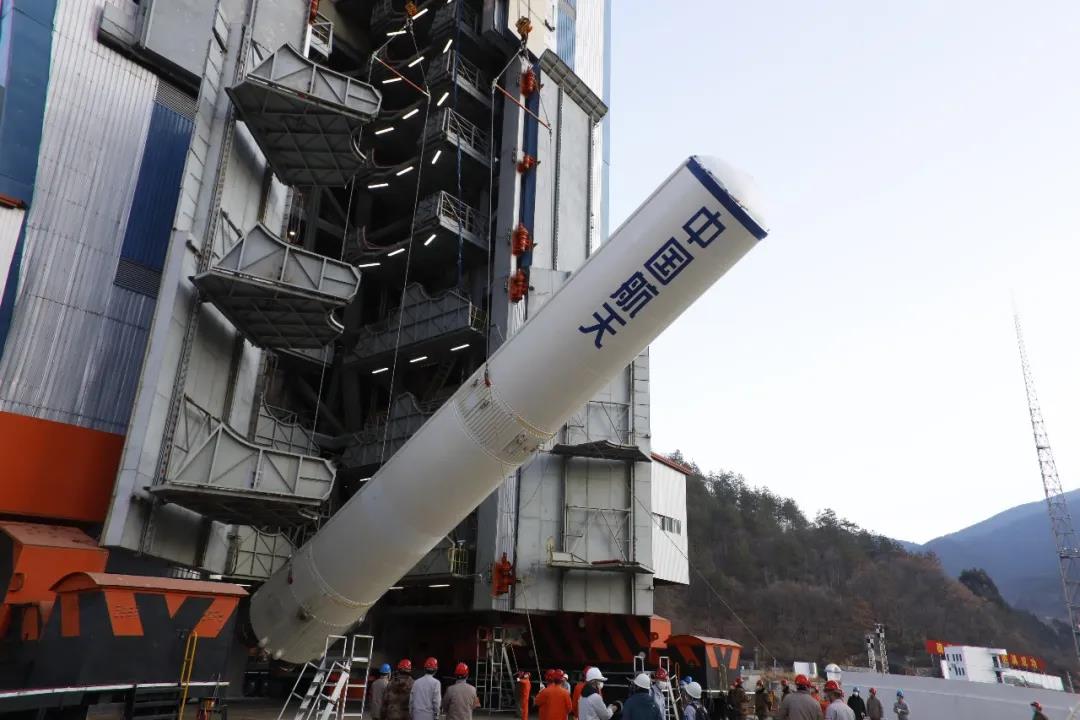At 19:55 on March 9th, Long March 3B carrier rocket lift in Xichang Satellite Launch Center. Beidou-3 GEO-2 went straight to the sky and the satellite then successfully entered its intended orbit.
What a successful launch mission!

▲Long March 3B launch vehicle was ignited
During the fighting against coronavirus pneumonia epidemic, this is an exciting news from China’s space industry!

Beidou-3 GEO-2 satellite developed by the Fifth Academy of China Aerospace Science and Technology Corporation (CASC) is the 54th satellite of Beidou system and the 29th satellite of Beidou-3. It belongs to geosynchronous orbit (GEO) satellite, so it is affectionately called "lucky star". It has the most functions, the most signals, the largest size and the longest life in Beidou-3 satellite system.

▲Long March 3B carrier rocket was under general assembly.
The satellite will join with the first "lucky star" (Beidou-3 GEO-1 satellite) launched on November 1st, 2018, to verify the active positioning function of the new system of Beidou system and start the comprehensive upgrade of radio measurement function.

▲Group photo of Beidou test team
After the successful launch mission, there is only one GEO satellite left to complete the global networking. The satellite is expected to complete the launch in May this year, and finally realize the launch networking of 30 satellites, and complete the construction of China’s global navigation system half a year in advance.

▲Hoisting of Long March 3B carrier rocket.
Long March 3B launch vehicle was developed by the First Academy of CASC. In the 13 years since the launch of the first Beidou navigation satellite in 2007, Long March 3A series has launched 39 times, putting all 54 Beidou navigation satellites into the predetermined orbit, with a success rate of 100%.

▲Long March 3B rocket was ready to launch.
This was the 327th launch of the Long March rockets.







